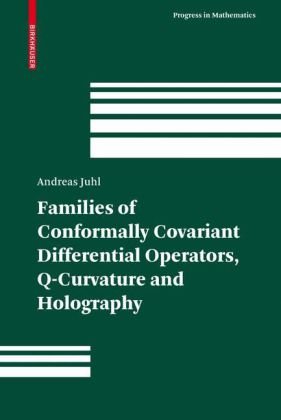

Most ebook files are in PDF format, so you can easily read them using various software such as Foxit Reader or directly on the Google Chrome browser.
Some ebook files are released by publishers in other formats such as .awz, .mobi, .epub, .fb2, etc. You may need to install specific software to read these formats on mobile/PC, such as Calibre.
Please read the tutorial at this link: https://ebookbell.com/faq
We offer FREE conversion to the popular formats you request; however, this may take some time. Therefore, right after payment, please email us, and we will try to provide the service as quickly as possible.
For some exceptional file formats or broken links (if any), please refrain from opening any disputes. Instead, email us first, and we will try to assist within a maximum of 6 hours.
EbookBell Team

5.0
60 reviewsThe central object of the book is Q-curvature. This important and subtle scalar Riemannian curvature quantity was introduced by Tom Branson about 15 year ago in connection with variational formulas for determinants of conformally covariant differential operators. The book studies structural properties of Q-curvature from an extrinsic point of view by regarding it as a derived quantity of certain conformally covariant families of differential operators which are associated to hypersurfaces. The new approach is at the cutting edge of central developments in conformal differential geometry in the last two decades (Fefferman-Graham ambient metrics, spectral theory on Poincaré-Einstein spaces, tractor calculus, Verma modules and Cartan geometry). The theory of conformally covariant families is inspired by the idea of holography in the AdS/CFT-duality. Among other things, it naturally leads to a holographic description of Q-curvature. The methods admit generalizations in various directions.